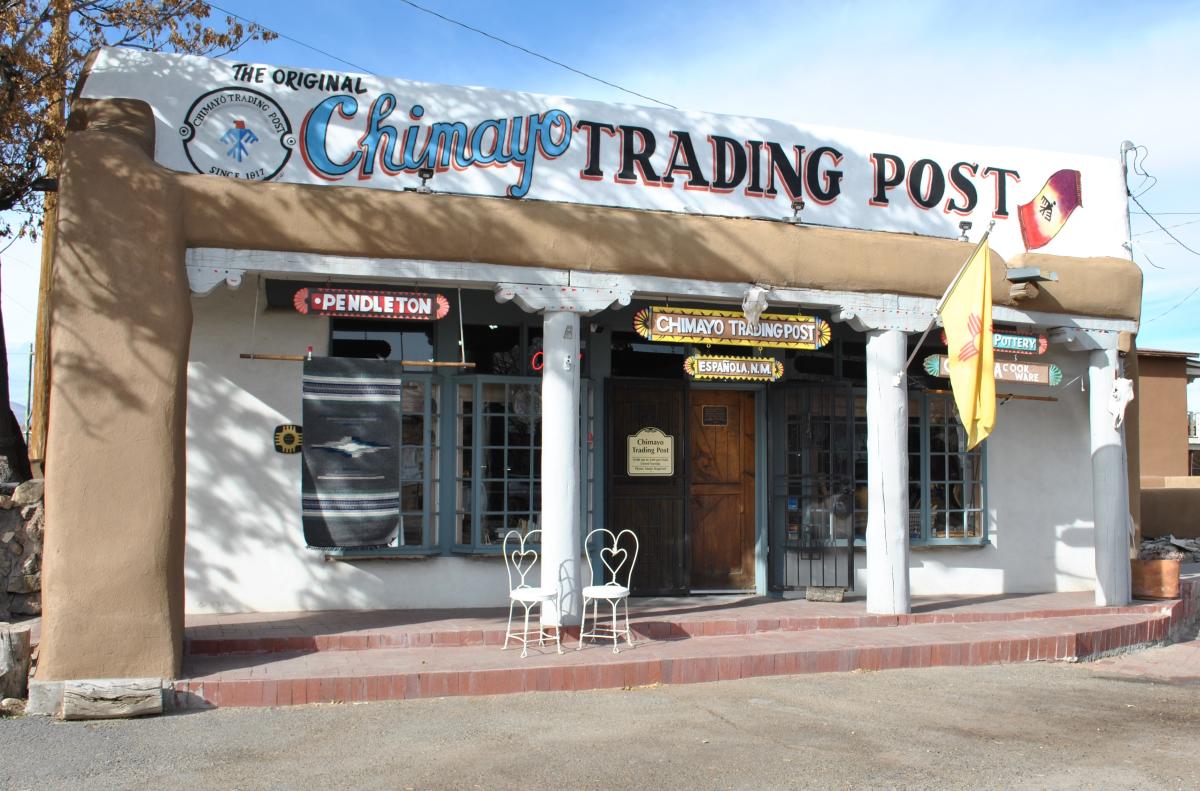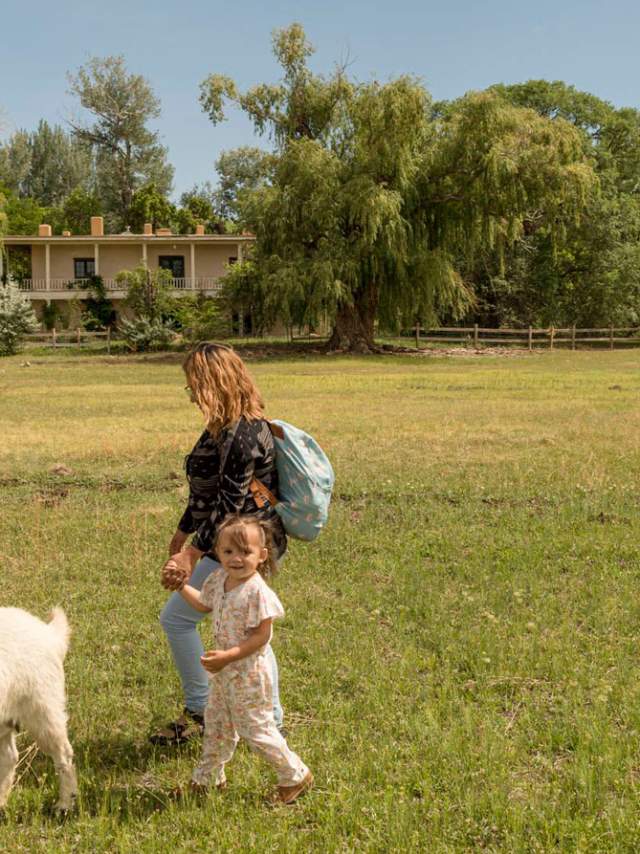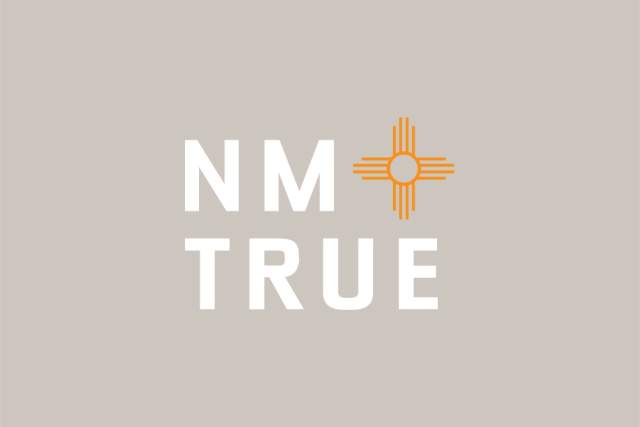City of Española Visitor's Center
101 Calle de Las Españolas, Suites C&D
Española, NM 87532
Hours of Operation
Monday - Friday
12 pm - 4 pm
Contact Us
505.946.8422
director@nnmrac.gov

Welcome to Española!
The City of Española is nestled in the Española Valley on the Rio Grande.
Española is situated at the border of Rio Arriba and Santa Fe Counties. It sits halfway between Santa Fe and Taos, and 30 minutes from Los Alamos. The city itself is bordered by the centuries-old Santa Clara and Ohkay Owingeh Pueblos, the original peoples of this land.
Española was the original capital of the first European settlement in the United States. Originally called San Gabriel, it was settled in 1598 in the Yungue Uingue (Ohkay Owingeh) Pueblo near the joining of the Rio Chama and Rio Grande. It was here that the first Spanish settlement of Nuevo Mexico was established at the end Camino Real trade route traversing the route from Mexico to Ohkay Owingeh.
The Española Valley honors and supports cultural diversity, blending its roots of Hispanic and Native American cultures to create a rich tapestry of traditions and distinctive cuisine. It seamlessly blends the old and the new, with ancient pueblo architecture, colonial churches, historic cultural sites, New and Old Mexican restaurants, and modern breweries and wineries.
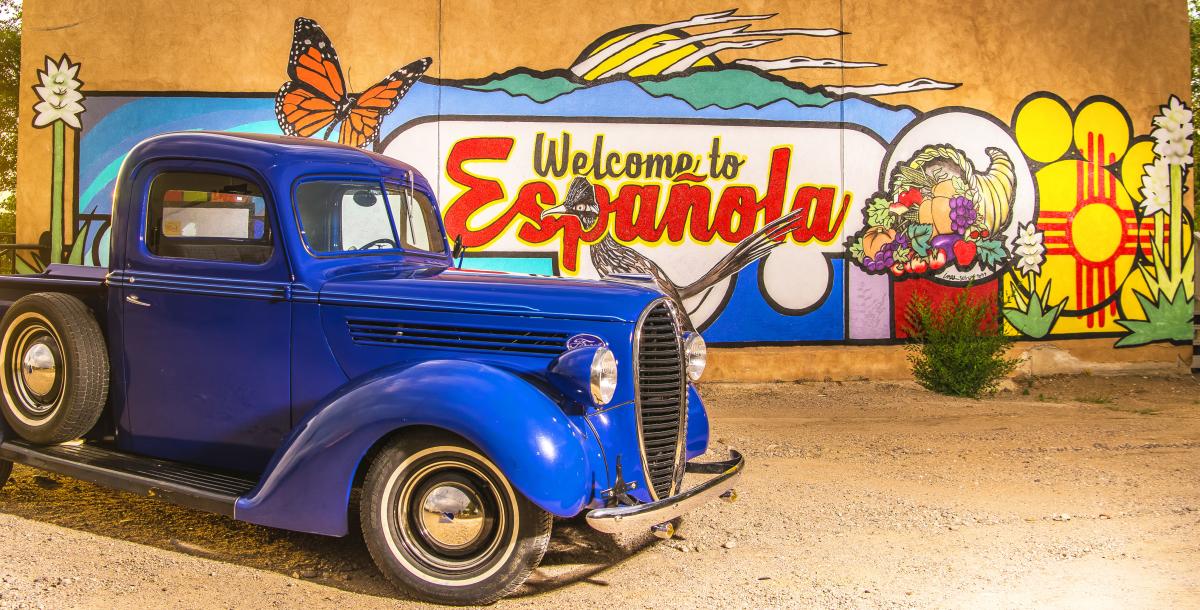
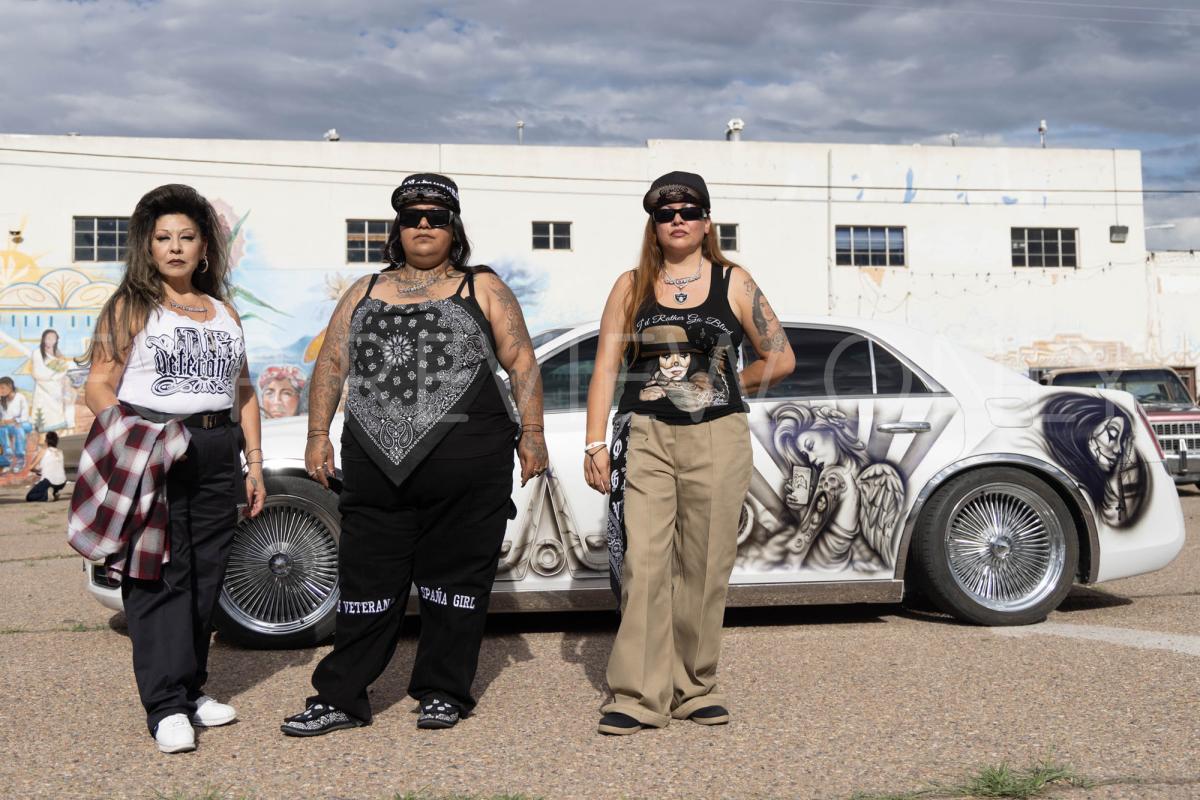
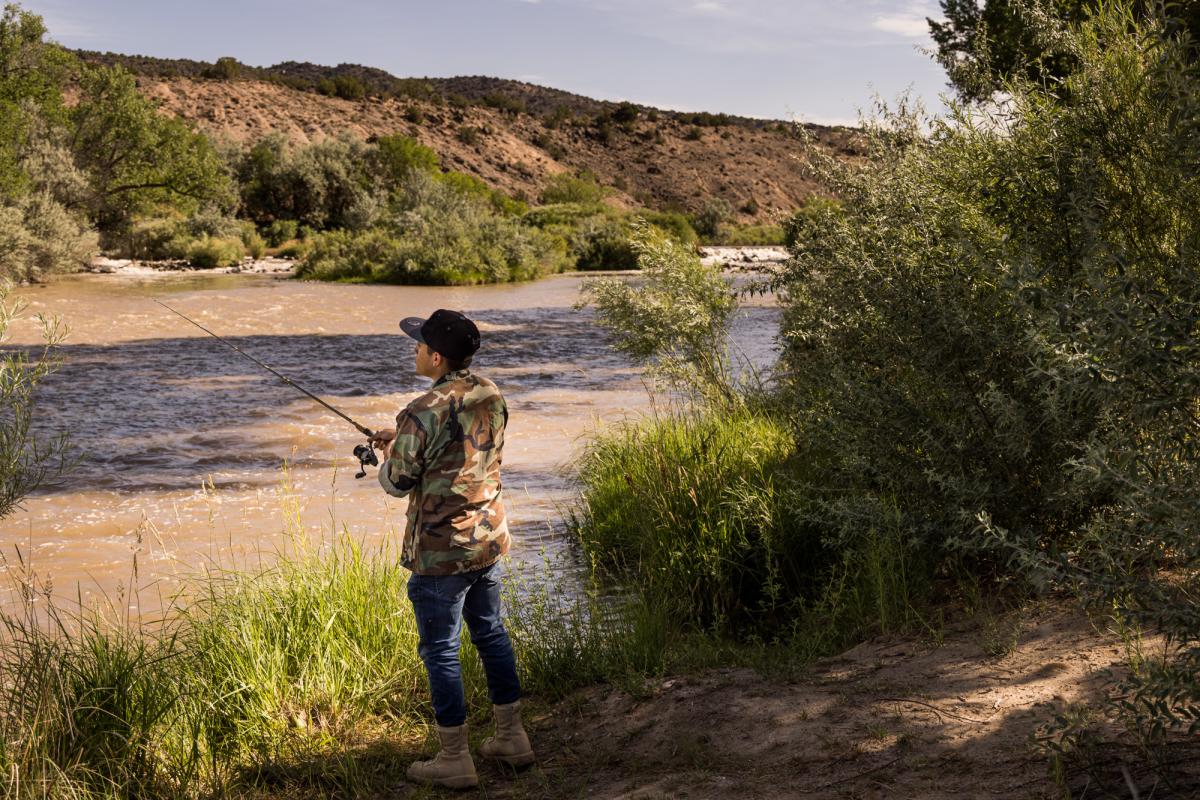
Where Cultures Unite
Considered the first European capital of New Mexico and less than an hour north of Santa Fe, the City of Española celebrates the blending of Native, Spanish, and American cultures in the verdant Río Grande Valley. On Sundays from mid-June through October, the Española Farmers Market showcases the area’s rich agricultural bounty and its fantastic car culture. (Don’t miss the free chile roasting on Labor Day and horno-baked goodies year-round.)
Visitors can immerse themselves in Native and Spanish weaving and other fiber arts techniques (both traditional and modern) at the New Mexico Fiber Arts Center. The Española Healing Foods Oasis project, run by nonprofit Tewa Women United, uses ancient dryland farming techniques to grow food and medicinal herbs on a formerly barren downtown slope.
Española Lowriders Museum, the mission of the Española Lowrider Museum Coalition is to promote lowriders as an important and historically relevant part of Northern New Mexico’s cultural heritage.
Read More About the Cultures of Española
North Star
Let Patrick Trujillo, owner of Chimayó Trading Post, be your guide to the history, culture, and cuisine of Española.
Patrick Trujillo, proprietor of Chimayó Trading Post in Española, carries on the tradition started by his great-great-grandparents in 1917 in the village of Rincon de los Trujillos, selling Native American pottery, weaving, jewelry, and other goods. His grandfather moved the store to its current location at the Y-intersection of U.S. 84 and N.M. 68 in Española in 1924 to capitalize on the Southwestern Indian Detours tourist buses brought in by the Fred Harvey Company from Santa Fe. When an uncle retired five years ago, the former Los Alamos National Laboratories human resources officer took over this historic landmark.
